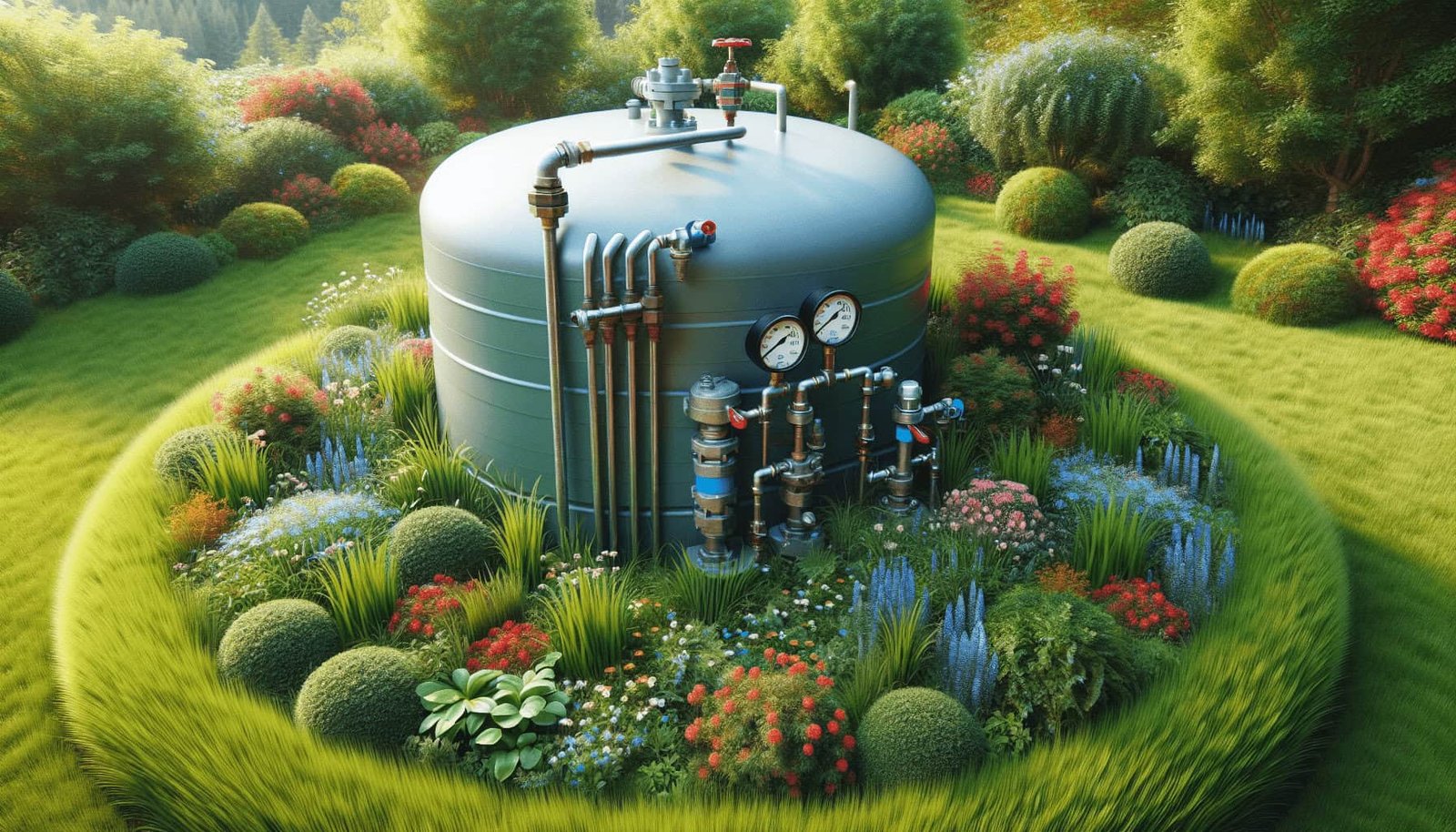How Can You Extend The Life Of Your Well’s Pressure Tank?
Have you noticed your well’s pressure tank isn’t performing like it used to? Ensuring the longevity of your well’s pressure tank might not be top of mind, but it’s crucial for maintaining a steady water supply and averting costly repairs. Let’s explore various ways you can extend the life of your pressure tank and keep everything running smoothly.
Understanding the Role of a Pressure Tank
A pressure tank plays a pivotal role in a well water system. It regulates system pressure, provides a buffer to reduce pump cycling, and ensures a steady flow of water. Not only does this make your water supply more reliable, but it also minimizes wear and tear on the system.
Components of a Pressure Tank
Your pressure tank is composed of several essential parts:
- Bladder or Diaphragm: Separates air and water inside the tank.
- Pressure Switch: Controls when the pump turns on and off.
- Tank Shell: Contains the water and the air chamber.
- Air Valve: Allows air to be added or released to maintain correct pressure.
Understanding these components helps you maintain and troubleshoot the system more effectively.
Importance of Regular Maintenance
Regular maintenance is integral to extending the life of your pressure tank. By routinely checking and servicing your system, you can catch issues early and avoid significant problems down the line.
Scheduled Inspections
Set a schedule for periodic inspections of your pressure tank. Regular checks can help identify issues like leaks, pressure inconsistencies, and air charge problems before they escalate.
Air Pressure Check
Using a tire pressure gauge, monitor the air pressure in your tank. Ideally, it should be 2 psi below the cut-in pressure of your pump. For instance, if the pump turns on at 40 psi, your tank should be at 38 psi. Keeping the air pressure within the optimal range prevents the bladder from overly stretching or shrinking, thus extending its lifespan.

Balancing Water Quality
Water quality directly affects the functioning of your pressure tank. Hard water, sediments, or corrosive elements can damage the tank’s internal components and reduce its efficiency.
Using Water Softeners
If you have hard water, installing a water softener can reduce scale buildup inside the tank. This helps maintain optimal operation and prevents wear and tear on the tank and other connected appliances.
Sediment Filters
Installing a sediment filter can catch particles before they enter the tank, minimizing abrasion and preventing clogs in valves and switches. Regularly replace these filters to ensure they remain effective.
Proper Sizing of the Pressure Tank
The size of your pressure tank should match your household’s water usage and the pump’s capacity. An undersized tank can cause your pump to cycle more frequently, leading to premature wear.
Determining the Right Size
Here’s a simple guide to help you determine the right size for your pressure tank based on your pump’s flow rate:
| Pump Flow Rate (GPM) | Minimum Tank Size (Gallons) |
|---|---|
| 5 | 20 |
| 7.5 | 30 |
| 10 | 40 |
| 12.5 | 50 |
| 15 | 60 |
Choosing a properly sized tank will significantly reduce the number of cycles your pump goes through, increasing its efficiency and lifespan.

Addressing Potential Issues
Being proactive about potential issues can save you from costly repairs and interruptions in your water supply. Here are some common issues to keep an eye on:
Waterlogged Tank
A waterlogged tank happens when the air/water ratio gets out of balance, causing the tank to fill with water. This can lead to increased pump cycling. To resolve this, you may need to drain the tank and re-establish the air cushion.
Pressure Switch Problems
The pressure switch controls the pump’s operation. If it’s faulty, the pump may not turn on or off at the correct times, leading to inconsistent water pressure. Regularly clean and inspect the pressure switch to ensure it’s functioning correctly.
Leaking Tank
Leaks are a clear indicator of damage. Check for visible rust, wet spots, or corrosion around the base or seams. If you find a leak, you might need to replace the tank to prevent further damage to your system.
Best Practices for Operation
In addition to regular maintenance, adopting best practices in the operation of your well system can help extend the life of your pressure tank.
Managing your Water Demand
Avoid sudden, large demands of water that could stress the tank and the pump. Stagger the use of major water-consuming appliances and fixtures to maintain consistent pressure and reduce wear.
Seasonal Adjustments
If you live in an area with temperature extremes, take steps to protect your pressure tank from freezing or overheating. Insulate exposed pipes and tank components, and ensure your well house is adequately ventilated.
Professional Inspections and Consultations
While DIY maintenance is effective, having a professional inspect your system annually can offer benefits that extend beyond what you can achieve on your own.
Hiring a Professional
Professionals can perform comprehensive checks that include testing for proper pressure settings, inspecting internal components, and ensuring that all safety standards are met. They can also give you personalized tips based on your specific setup.
Concluding Thoughts
By regularly inspecting, maintaining, and properly operating your well’s pressure tank, you can significantly extend its lifespan and improve its functionality. Keep the balance between air pressure and water, address any water quality issues, and ensure your tank is correctly sized for your needs. Taking these steps will not only protect your investment but also ensure a reliable water supply for years to come.
